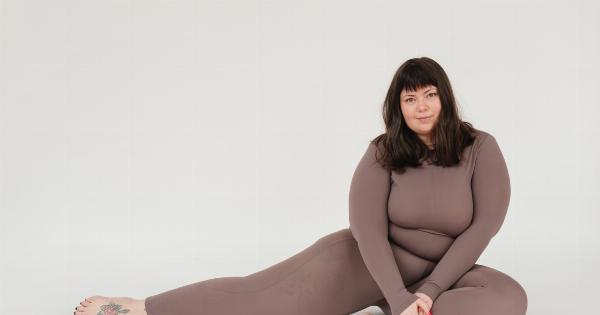Pregnancy is a remarkable journey that brings about numerous changes to a woman’s body, both internally and externally.
While the focus is often on the growing belly and the development of the baby, pregnancy can also significantly impact your hair and skin. Understanding these changes can help you navigate this exciting phase with confidence and grace. In this article, we will explore nine significant hair and skin changes that commonly occur during pregnancy.
So, let’s dive in and discover what to expect.
1. Hair Loss or Thinning
One of the most common hair changes during pregnancy is a decrease in hair loss. Typically, we shed around 100 hairs per day, but during pregnancy, hormonal changes can pause this process, leading to thicker and fuller hair.
However, postpartum, you may experience hair loss as your hormones return to normal, which can be alarming for some women. Rest assured, this is a temporary phase, and your hair will eventually regain its pre-pregnancy thickness.
2. Increased Hair Growth
While some women experience hair loss postpartum, others may notice increased hair growth during pregnancy. This is due to the rise in hormones, especially estrogen, which prolongs the growth phase of hair.
As a result, you may find your hair growing faster and becoming more resistant to breakage and damage. Enjoy this luscious growth, but remember that it may change after giving birth.
3. Changes in Hair Texture
Many expectant mothers report changes in their hair texture during pregnancy. If you had straight hair before, it might become curly or wavy, and vice versa.
Hormonal fluctuations and increased blood flow to the scalp can influence the shape and texture of your hair. Embrace the newfound texture and experiment with different hairstyles to embrace your pregnancy mane.
4. Pregnancy Glow
One of the most sought-after skin changes during pregnancy is the infamous “pregnancy glow.” Due to the surge in hormones and increased blood circulation, many women notice a radiant and dewy complexion.
The pregnancy glow is often attributed to an increase in oil gland production, resulting in soft, luminous skin. Embrace this natural radiance and enjoy the compliments that come your way.
5. Stretch Marks
Stretch marks are a common concern during pregnancy. As the skin stretches to accommodate your growing baby bump, it may result in pink or purple streaks on your abdomen, breasts, hips, or thighs.
While genetics play a role in determining whether you’ll develop stretch marks, keeping your skin moisturized and hydrated can help minimize their appearance. Remember, these marks are a testament to the incredible journey of pregnancy and should be embraced with pride.
6. Darkening of the Skin
Another significant skin change that many women experience during pregnancy is hyperpigmentation. Hormonal fluctuations can lead to increased melanin production, causing areas of your skin to darken.
This is particularly common in areas such as the areolas, vulva, and linea nigra (the dark line that runs down your abdomen). Sun exposure can intensify these changes, so ensure you use sunscreen and wear protective clothing when outdoors.
7. Acne and Blemishes
Hormonal changes can also trigger acne breakouts during pregnancy. Fluctuating hormone levels stimulate the sebaceous glands, resulting in excess oil production and clogged pores.
The good news is that many acne treatments can be safely used during pregnancy. Consult your dermatologist for suitable options to maintain clear and healthy skin.
8. Nail Changes
Pregnancy can also impact the appearance and health of your nails. Some women find their nails growing faster and becoming stronger, while others may notice increased brittleness and breakage.
Changes in hormone levels and nutrient absorption play a role in these variations. Nourish your nails with a balanced diet and gentle care to maintain their strength and prevent breakage.
9. Swelling and Varicose Veins
Pregnancy often leads to fluid retention and swelling, especially in the hands, feet, and ankles. This is a normal response to increased blood volume and can be managed through proper hydration, regular exercise, and elevation of the affected limbs.
Additionally, hormonal changes and increased pressure on the veins can result in the development of varicose veins. Wearing compression stockings and avoiding prolonged periods of standing or sitting can help alleviate discomfort.
The Bottom Line
Pregnancy is a beautiful journey that brings significant changes to your hair and skin.
While these changes may seem overwhelming at times, it’s important to remember that they are temporary and often a testament to the incredible process of creating and nurturing new life. Embrace these changes with grace, adapt your self-care routine as needed, and cherish the remarkable journey of pregnancy.
























